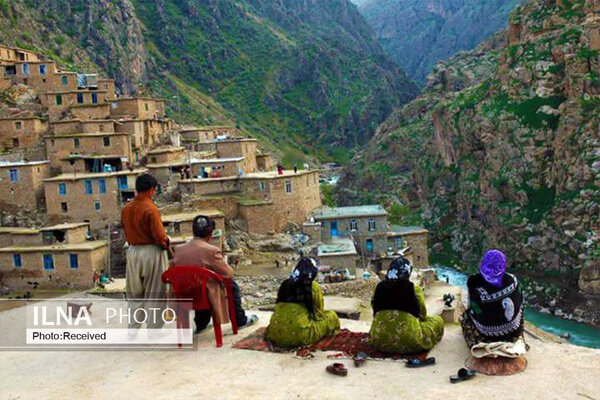Uramanat to develop event-oriented tourism

TEHRAN—Tourism authorities of the UNESCO-designated Uramanat plan to boost event-oriented tourism in the western Iranian region.
Uramanat region holds considerable potential to be promoted as an event-oriented tourism hub of the country, said the director of the World Heritage site Pouya Talebnia, ILNA reported on Saturday.
After receiving a warm welcome from tourists at the Pir-e Shaliar ceremony, it seems that the region could become a center for event-oriented tourism if other local rituals and ceremonies are promoted, the official noted.
Pir-e Shaliar is an ancient annual ceremony, celebrating abundance and good fortune for centuries ago in Uraman Takht's rural district, in western Iran. Pir-e Shaliar, a legendary folk figure for Iranian Kurds, is warmly remembered for his allegedly magical healing qualities and mojo that locals believe could populate the land with livestock and crops in times of trouble. The figure is associated with the pre-Islamic and Zoroastrian times.
Stretched on the slopes of Sarvabad county at the heart of the Zagros Mountains and shared between the provinces of Kordestan and Kermanshah in western Iran, the Uramanat cultural landscape embraces hundreds of villages, 106,000 hectares of land, and 303,000 hectares of surrounding properties.
Archaeological findings dating back about 40,000 years, caves and rock shelters, ancient paths and was along the valleys, motifs and inscriptions, cemeteries, mounds, castles, settlements, and other historical evidence attest to the continuity of life in the Uramanat region from the Paleolithic to the present time.
According to the UN body, Uramanat is an exceptional testimony to a cultural tradition of the semi-nomadic agropastoral way of life of the Hawrami people, a Kurdish tribe that has resided in the Zagros Mountains for millennia. This outstanding cultural tradition is manifested in the ancestral practices of transhumance, the mode of seasonal living in Havars, steep-slope terraced agriculture, soil and water management, traditional knowledge for planning and constructing steeply terraced villages, and rich diversity of intangible heritage, all reflecting harmonious co-existence with nature.
The Islamic Republic expects to reap a bonanza from its numerous tourist spots such as bazaars, museums, mosques, bridges, bathhouses, madrasas, mausoleums, churches, towers, and mansions, of which 26 are inscribed on the UNESCO World Heritage list.
ABU/AM
